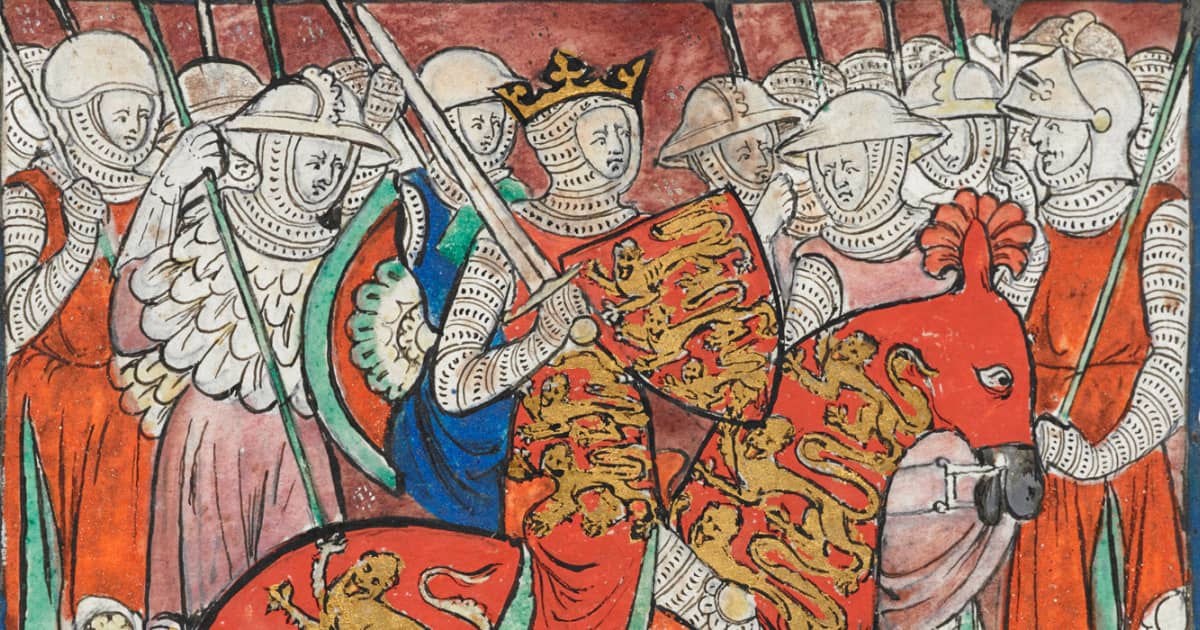
Here’s a fun fact about Britain: according to investigative journalist Kevin Cahill, in the UK and Ireland, 70% of land is still owned by less than 1% of the population. In his book Who Owns Britain, Cahill argues that 0.3% of the British population owns 66% of the country, and these 160,000 families who own two-thirds of Great Britain largely descend from the army of William the Conqueror — the first Norman King of England who first conquered the country in 1066.
Cahill’s research traces the roots of current land ownership patterns back to the Norman Conquest of 1066. In the book, he explains that the introduction of the feudal system by William the Conqueror saw the Crown claiming ownership of all land, which was then parcelled out to loyal nobles. This moment basically set the stage for a legacy of concentrated land ownership. Strikingly, this one decision by a king in the 11th century still greatly affects the UK now.
This accumulation of wealth in the hands of the few continued. Despite subsequent changes in society and governance, the foundational structures of landholding established in this era have shown remarkable endurance. Cahill illustrates how, over the centuries, laws and practices have evolved to protect and perpetuate the land holdings of the aristocracy and elite, often at the expense of broader public ownership and access. It’s classic inequality applied over a millennium.
Cahill’s analysis concludes that the aristocracy and large estates still control a substantial portion of Britain’s land. Additionally, institutions such as the Church of England, the Crown Estate, and several large corporations hold significant tracts of land. This concentration is not merely a matter of historical interest. It’s an important part of what’s driving housing affordability, environmental conservation, and social equity. With the UK undergoing a historical housing crisis, this has never been more important. In fact, as recent data highlights, modern land sales also tend to favor the well-off, who typically buy the lion’s share of the public and private lands being sold off.
Cahill also highlights the remarkable lack of transparency surrounding land ownership. Despite living in an age where vast amounts of information are digitized and publicly accessible, a significant portion of land in Britain is under-documented. The Land Registry, established to record ownership details, still does not cover all of the land in Britain, leaving gaps in public understanding of who owns what. This opacity serves the interests of those who wish to maintain privacy and control over their holdings.
Richest 1% are getting richer, and inequality is a problem
Cahill’s analysis isn’t the only one to show how extremely unequal Britain is. In 2023, NGO Oxfam released a report showing that the richest 1% of Britons hold 70% of the country’s wealth — which fits perfectly with Cahill’s conclusions.
Inequality had been declining for a century or so — but it’s started increasing again and is accelerating.
Furthermore, the Oxfam report shows that the richest 1% have pocketed $26 trillion (£21 trillion) in new wealth since 2020 alone. Meanwhile, the rest of the 99% of the population acquired almost two times less. In other words, the 1% are getting richer much faster than the rest of the population.
Danny Sriskandarajah, Oxfam GB chief executive said “The current economic reality is an affront to basic human values. Extreme poverty is increasing for the first time in 25 years and close to a billion people are going hungry but for billionaires, every day is a bonanza. Multiple crises have pushed millions to the brink while our leaders fail to grasp the nettle – governments must stop acting for the vested interests of the few.
This isn’t just an ethical problem. An unequal society poses significant problems across economic, social, and political spheres. It can lead to economic instability and inefficiency by fostering debt among lower-income households and stifling overall demand. Inequality reduces social mobility, with those born into lower-income families facing barriers to education and healthcare, perpetuating socioeconomic statuses across generations.
Health outcomes are generally poorer, and life expectancy is lower in more unequal societies due to stress, reduced access to healthcare, and higher rates of mental and substance abuse issues. Social cohesion and trust erode as disparities widen, leading to increased crime and social unrest. Democracy suffers as wealth concentration influences policy-making, and environmental sustainability is jeopardized by both the survival priorities of the less well-off and the exploitative practices of the wealthy.
Inheritance tax?
More than nine centuries after William the Conqueror parceled out Britain’s land to his loyal knights, that wealth is still being passed down the same bloodlines with strikingly few interruptions. Britain’s inheritance tax system has long been riddled with exemptions and loopholes that disproportionately benefit large estates and landed wealth. Agricultural land, private woodlands, and certain business assets can be handed down with minimal taxation, allowing fortunes to grow quietly in the dark.
This means that the inequality etched into the country’s landscape by medieval conquest has been actively maintained through modern policy. Instead of acting as a leveler, inheritance tax in Britain has largely functioned as a gatekeeper, keeping wealth concentrated among those who already have it. When you walk through vast rural estates or historic manors today, you’re not just seeing relics of Norman power—you’re seeing a system that has been carefully protected for almost a millennium by a small group.
For all the talk of reform, Britain’s tax structure continues to reward inherited land and privilege, perpetuating the patterns William the Conqueror set in motion in 1066; and the UK is far from the only country with this issue. In fact, the UK is one of the country with the most progressive inheritance tax rates. But without proper enforcement and closing loopholes, the result is a country where the map of power has barely changed, and where the medieval conquest lingers not as history, but as policy.
The article was originally published in April 2024 and has been edited to include more information.






